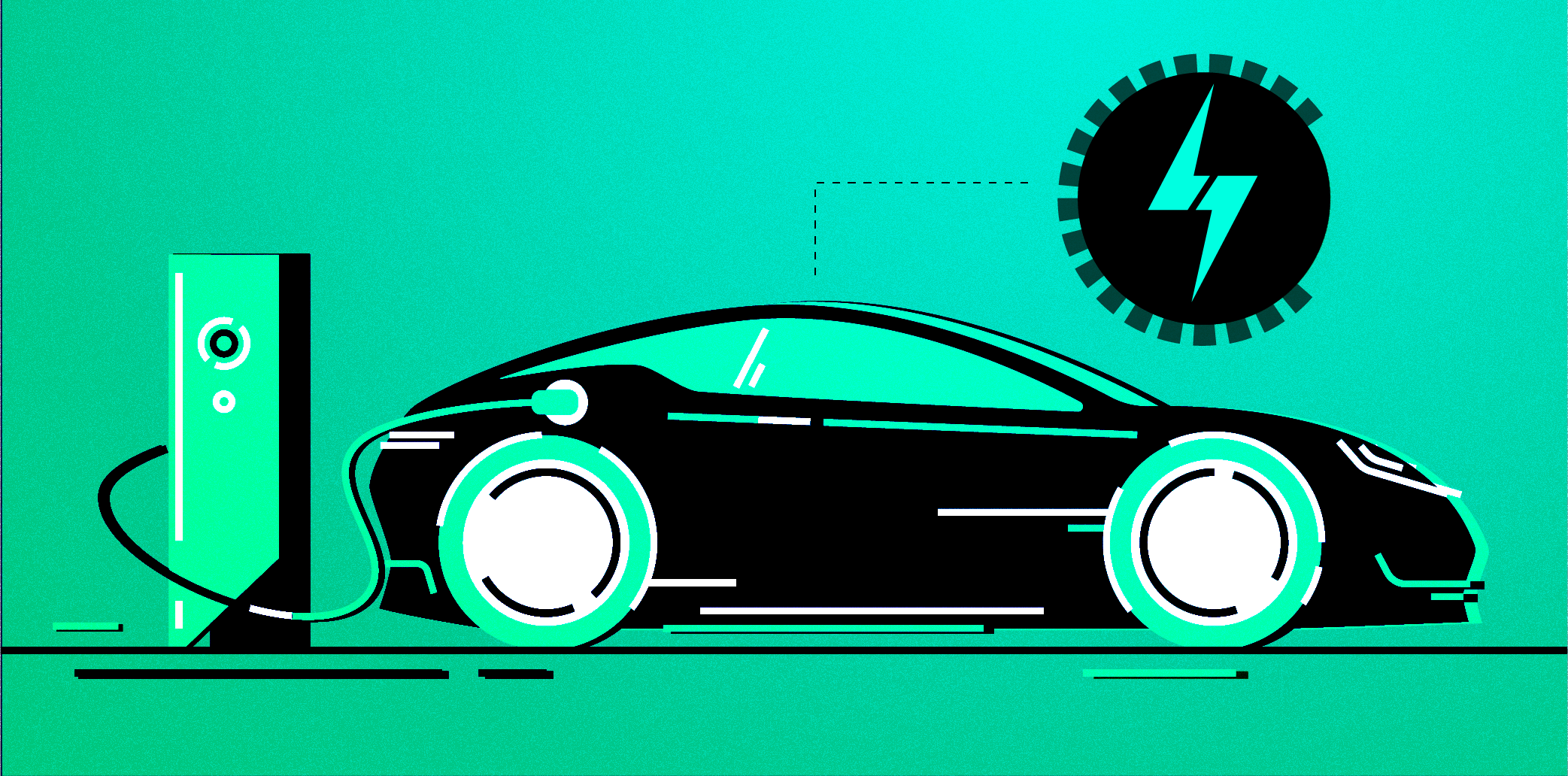As Toyota Motor turns its attention to electric vehicles, the automaker plans changes to save time and money that depart radically from the assembly line-driven process dominating the car industry since its earliest days.
Toyota aims to use its new “gigacasting” production method to build a new electric vehicle model due out in 2026, the company said Tuesday.
“By reducing the number of parts and steps needed, we can make more effective use of our space,” Takero Kato, head of Toyota’s newly established Battery Electric Vehicle (BEV) Factory division, said in a briefing with Executive Vice President Hiroki Nakajima on battery EV competitiveness.
Gigacasting combines many of the small components that make up a vehicle’s frame into a single piece of molded aluminum, drastically streamlining the manufacturing process.
Toyota envisions its EV bodies consisting of three segments: front, middle, and rear. Gigacasts will be used for the front and rear sections. A prototype of the rear section combined 86 individual sheet metal parts that normally would be assembled across 33 steps into a single large structure, and the automaker expects to do the same for 91 components in the front end.
The high cost of batteries makes it harder to turn a profit from electric vehicles than their gasoline-fueled counterparts, and cost-cutting in other parts of the manufacturing process is crucial to compete. Toyota has said it aims eventually to halve the number of steps in the production process as well as spending on manufacturing equipment, and gigacasting represents the core of this plan.
Auto manufacturing has revolved around the conveyor belt since Ford Motor introduced the first moving assembly line back in 1913. But the cost benefits of this model are limited when it comes to EVs, which have a very different structure.
Toyota envisions a new process with gigacasting, along with a self-propelled production line that does away with conveyor belts entirely.
With the self-propelled line, the chassis is assembled up to the point where the motor and battery can be installed, after which the partly finished car can drive itself through the rest of the production process. This opens up more floor space and makes it easier to switch out equipment, saving on investment.
This technology is partly in place at Toyota’s Motomachi plant in central Japan, where new EVs are moved autonomously from assembly to inspection. Less time is needed to prepare models for full-scale production, and improvements to the production process can be enacted faster.
“It changes the scene on the factory floor,” Nakajima said.
The Japanese automaker is following in the footsteps of Tesla, which spearheaded many of the changes brought to the industry by the EV transition.
Gigacasting is Toyota’s answer to the megacasting technology that its American counterpart began using for its Model Y in 2020. Tesla cut the production cost of its EVs by half between 2017 and 2021, according to Goldman Sachs, and now earns nearly five times as much net profit per vehicle as Toyota.
The scale of megacasting has the potential to keep growing.
“The cost of an EV’s frame can drop much more if the lower and upper half of the body are each cast as a single part,” said an executive at LK Technology Holdings, a Chinese company that supplies production equipment to Tesla.
Chinese rival BYD, meanwhile, has leveraged its ability to develop batteries in-house to create “e-platform 3.0,” an EV platform that integrates batteries into the structure of the car’s body.
As relative newcomers to auto manufacturing, Tesla and BYD have had more freedom to innovate without being bound by standard practices and views in the industry.
Toyota will need a shift in mindset to compete. To this end, the Japanese automaker launched its BEV Factory division in May, bringing electric vehicle development, production and sales under one roof, separate from its internal combustion engine operations.
This article first appeared on Nikkei Asia. It has been republished here as part of 36Kr’s ongoing partnership with Nikkei.

